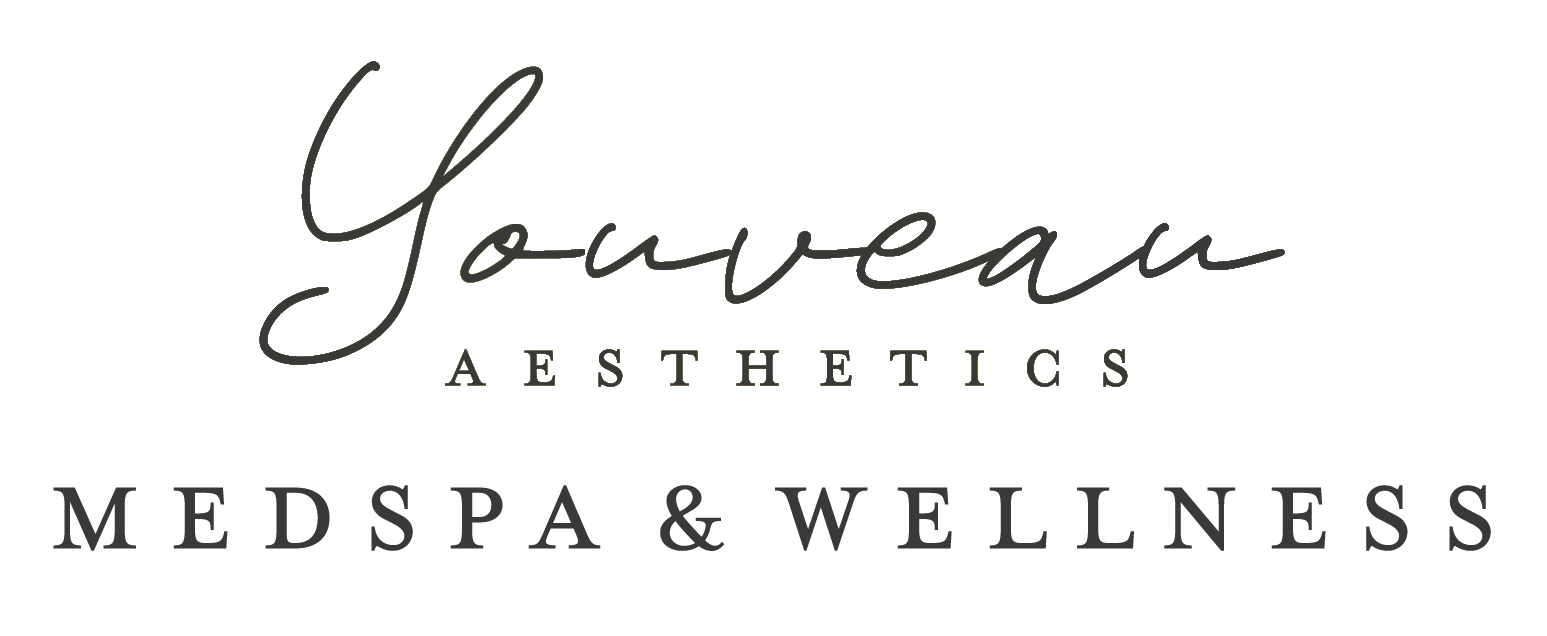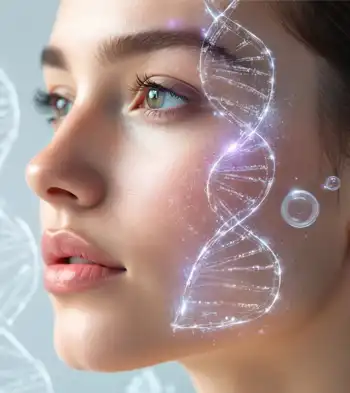Botox has become one of the most popular non-surgical cosmetic treatments, renowned for its ability to smooth wrinkles and rejuvenate aging skin. But what exactly is happening beneath the surface when Botox is injected into your skin? In this blog post, we dive deep into the science behind Botox, explaining its mechanism, the treatment process, and its benefits for wrinkle reduction.
What Is Botox?
Botox is the trade name for a purified form of botulinum toxin type A—a neurotoxic protein produced by the bacterium Clostridium botulinum. While the toxin is notorious for causing botulism, when used in small, controlled doses by medical professionals, it provides a safe and effective way to relax overactive muscles that contribute to wrinkles.
The Mechanism of Action
Blocking Nerve Signals
At the heart of Botox’s wrinkle-smoothing effects is its ability to block nerve signals. When you express emotions through muscle activity—like frowning, squinting, or raising your eyebrows—nerves send signals to these muscles to contract. Over time, repeated contractions create dynamic wrinkles. Botox works by interrupting this process:
- Signal Inhibition: Botox prevents the release of acetylcholine, a key neurotransmitter that communicates between nerves and muscles. Without acetylcholine, muscle contractions are weakened.
- Muscle Relaxation: The targeted muscles, now less active, remain in a more relaxed state. As a result, the overlying skin appears smoother because there is less movement creating deep lines and wrinkles.
The Temporary Nature of Botox
It’s important to note that Botox is a temporary solution. Its effects generally last between three to six months. After this period, nerve endings gradually form new connections with the muscle, restoring activity over time. Regular treatments are therefore necessary to maintain the wrinkle-smoothing benefits.
The Botox Treatment Process
Consultation and Assessment
Every successful Botox treatment begins with a thorough consultation:
- Medical History: Your practitioner will review your medical history to ensure that Botox is a suitable option for you.
- Facial Analysis: A detailed analysis of your facial muscles helps pinpoint the areas where muscle activity is contributing to wrinkles. This assessment ensures that the injections target the correct muscles for the best results.
The Injection Session
During the procedure:
- Precision Injections: Botox is administered via small injections directly into the muscles. The technique is crucial; precision dosing and injection points ensure that the desired effect is achieved without affecting nearby muscles.
- Minimal Discomfort: Most patients experience minimal discomfort during the treatment, often compared to a tiny pinch.
Recovery and Aftercare
- Immediate Aftercare: Patients are usually advised to avoid rubbing or massaging the treated area immediately after the injections.
- Activity Restrictions: Strenuous activities may be limited for a short period to prevent the toxin from spreading to unintended muscles.
- Gradual Improvement: While some improvement may be noticed within a few days, the full effect generally becomes visible within one to two weeks.
Benefits Beyond Aesthetics
While Botox is widely recognized for its cosmetic benefits, its medical applications are equally noteworthy:
- Chronic Migraine Relief: Botox injections have been approved for the treatment of chronic migraines, helping reduce the frequency and severity of headache episodes.
- Muscle Spasticity: Conditions that involve muscle overactivity, such as cerebral palsy or multiple sclerosis, have also benefited from Botox treatments.
- Excessive Sweating: Botox can be effective in treating hyperhidrosis (excessive sweating) by blocking signals that activate sweat glands.
Addressing Common Myths
Is Botox Dangerous?
When administered by a qualified professional, Botox is a safe treatment with a strong track record. Serious complications are extremely rare. The key is ensuring that treatments are performed by experienced clinicians who understand the anatomy and proper dosing techniques.
Can Botox Freeze Your Face?
A well-performed Botox treatment should yield a natural, youthful appearance while preserving essential facial expressions. When only specific muscles are targeted, most patients retain their ability to smile, frown, or express other emotions. The goal is subtle rejuvenation rather than a “frozen” look.
The Future of Botox
Research continues to expand our understanding of Botox and its various applications. Innovations in injection techniques and formulations promise even safer and more effective treatments. Additionally, scientists are exploring novel therapeutic uses, which may include new avenues for treating muscle disorders and other medical conditions.
Conclusion
Botox represents a fascinating intersection of cosmetic science and neurology. By temporarily blocking nerve signals and relaxing targeted muscles, Botox not only smooths out wrinkles but also provides relief for various medical conditions. If you are considering Botox as a wrinkle-reducing treatment, consult with a qualified healthcare provider to discuss your goals and determine the best plan for you. Embracing the science behind Botox can empower you to make informed decisions about your aesthetic and health care journey.

